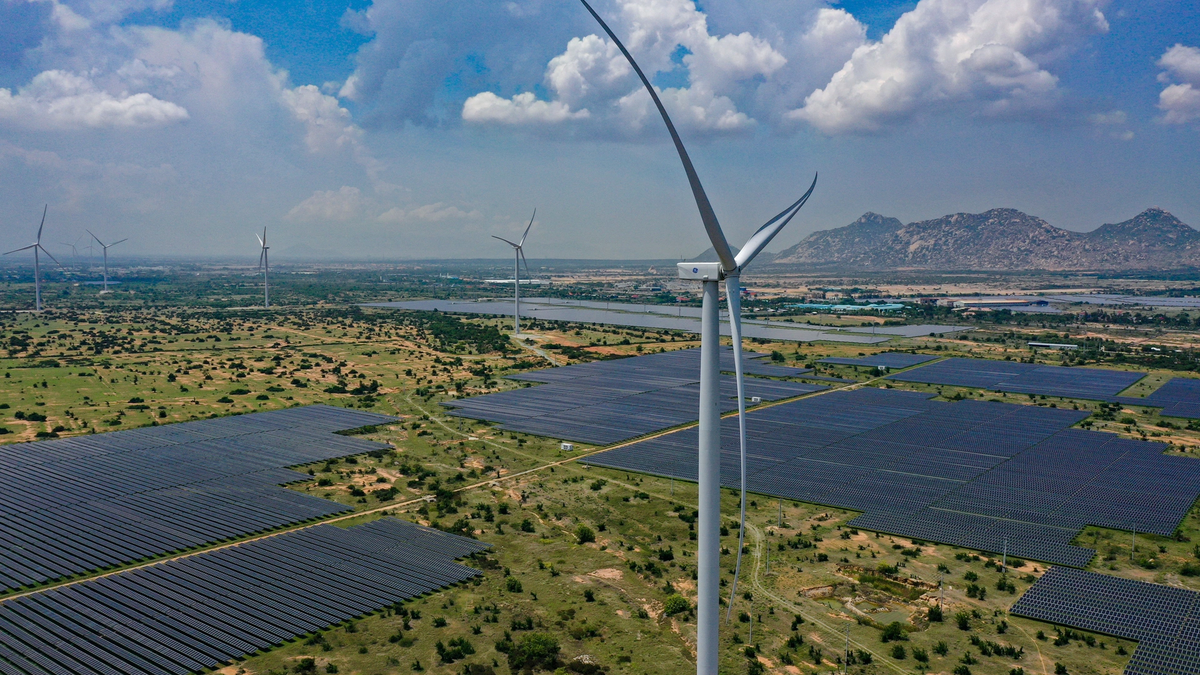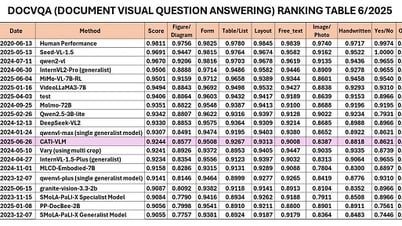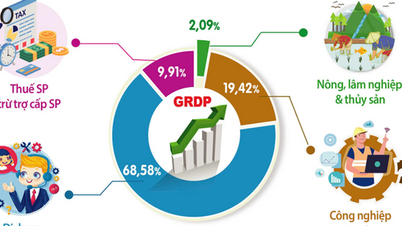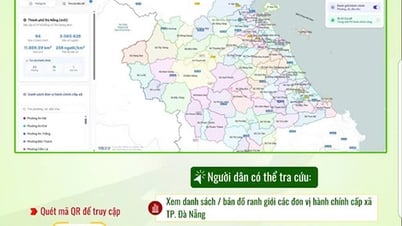The precious metal has continued to break historical price levels, reinforcing its role as a safe haven amid growing global uncertainty. Experts predict that central bank buying, geopolitical volatility and tariffs will continue to be the "catalysts" for gold for the rest of the year.

Why gold is at its peak?
Gold tends to rise in price during periods of economic uncertainty and geopolitical tensions. Events such as the escalating trade war, the conflict in Ukraine and the Middle East, and the Chinese real estate market crisis have created a complex backdrop that makes gold an attractive safe haven.
In addition, US President Donald Trump's tariff war is considered the main driving force behind the demand for safe assets, pushing gold prices above the $3,000/ounce threshold on March 14. This marks the first time in a long time that geopolitics and economic instability have become driving forces in the gold market.
In the first six months of 2025, gold prices have skyrocketed by nearly 25%, after recording a 27% increase in 2024. Notably, the April 22 session saw gold prices set an unprecedented record of $3,500.05 per ounce. After several adjustments, gold prices remained at a high of $3,337.12 per ounce as of July 2.
In addition, the soaring US public debt (over $36 trillion) along with President Trump's sudden turn on tariffs, the Federal Reserve's independence is threatened, further shaking confidence in US Treasury bonds - which used to be gold's rival in the role of safe haven assets.
Moreover, central banks are emerging as a major driver behind the record-breaking rally in gold prices. Global central banks are buying about 80 tons of gold a month, or about $8.5 billion at current prices, according to Goldman Sachs. Much of this buying is done in secret.
The World Gold Council (WGC) estimates that central banks and sovereign wealth funds are buying a combined 1,000 tonnes of gold a year, accounting for at least a quarter of global mined gold production. This trend has surpassed the 1,000-tonne mark for the third consecutive year.
According to a January 2025 HSBC report, more than a third of the 72 central banks surveyed said they planned to buy more gold by 2025, and none planned to sell. Emerging countries, especially China, India, Poland, Turkey, Qatar, Egypt, Ireland and Kyrgyzstan, have been big buyers of gold in recent years, aiming to reduce their dependence on the US dollar and manage their national reserves more effectively.
China has increased its official gold reserves from 1,054 tonnes to 2,279 tonnes, while reducing its holdings of US Treasury bonds to below $800 billion by 2024. The country increased its gold reserves for the fourth consecutive month through February 2025 and eased restrictions on gold imports to meet strong demand.
Russia also recorded a gold share of foreign exchange reserves of 35.4% as of April 1, 2025, the highest level since October 1999. Notably, capital flows into gold exchange-traded funds (ETFs) increased sharply again in the first quarter of 2025, reaching the highest level since 2022, pushing up investment demand.
Forecasts from major financial institutions
Major financial institutions have made different forecasts for gold prices in the coming time, reflecting the divergence in their views on the global economic and geopolitical outlook.
In a report published on July 1, HSBC said that the trading range of gold prices will be wide and volatile. The gold price at the end of 2025 and 2026 will be $3,175/ounce and $3,025/ounce, respectively. HSBC said that even if gold prices cool down, maintaining above the $3,000/ounce threshold has reinforced gold's role as a safe haven and an effective portfolio diversifier.
The bank also noted that central bank gold purchases would slow if prices continued to rise above $3,300 an ounce, but could pick up if prices correct closer to $3,000 an ounce.
Meanwhile, Goldman Sachs also raised its gold price forecast from $3,300/ounce to $3,700/ounce by the end of 2025, and said that in an "extreme scenario" gold prices could trade near $4,500/ounce by the end of 2025.
For its part, JP Morgan predicts that the average gold price will reach $3,675 per ounce in the fourth quarter of 2025, then surpass $4,000 per ounce in the second quarter of 2026. The bank also believes that gold prices could rise faster than expected if actual demand is higher.
Central banks will maintain high gold purchases and the "de-dollarization" trend could accelerate as central banks diversify into other currencies and gold, analysts say.
Gold demand from Asia, especially China, remains strong due to concerns about currency devaluation and US tariff policies, which are important factors driving gold's rise from 2024. In addition, expectations of a Fed rate cut could support gold prices.
Despite the divergence in short-term forecasts, most leading financial institutions agree that gold prices will remain well above historical averages in 2025-2026, with risks tilted to the upside, with geopolitical developments continuing to be the main source of uncertainty, according to observers.
Source: https://doanhnghiepvn.vn/quoc-te/kinh-te-the-gioi-6-thang-huong-di-cua-vang-trong-nua-cuoi-nam/20250703100937452













































































































Comment (0)